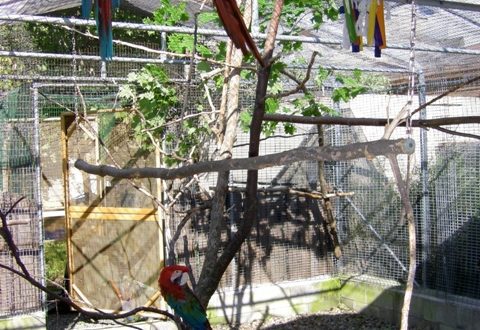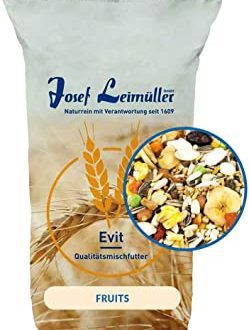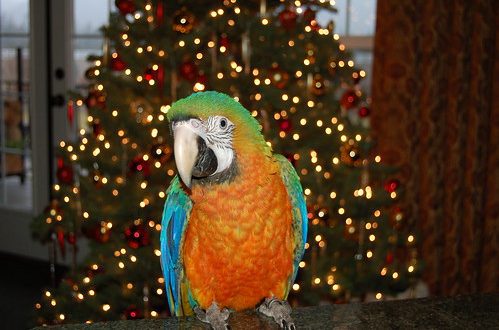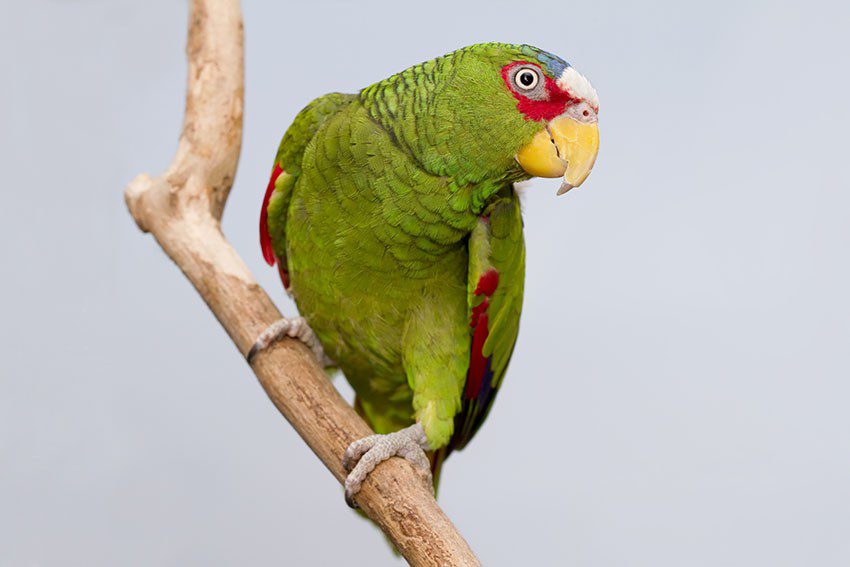
Perches for parrots
Perches for parrots are a mandatory attribute of any bird cage or aviary.
Perches can be of various shapes and sizes, it all depends on the type of parrot and the size of the room. If on the walking platform you can install a part of a tree or shrub, where the diameter of the branches can be the most diverse, then in the cage it is advisable to adhere to the allowable norm for a particular parrot.
In a cage, you can place from 2 to 3 perches if you have one parrot. One of them is fixed above all – the birds always choose the highest point for overnight stay, the rest must be positioned so that the litter does not fall on them from above.
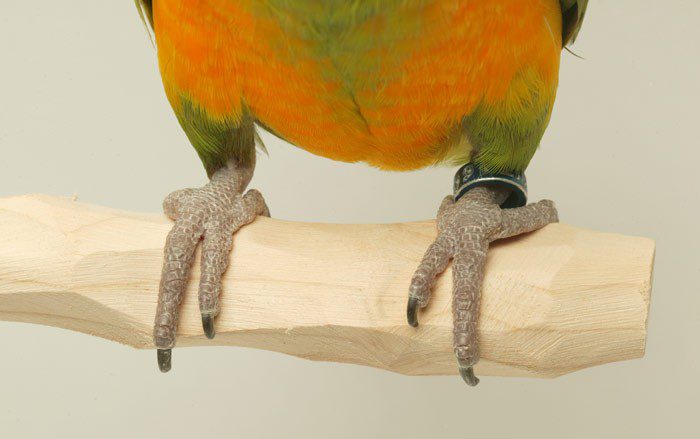
When a parrot sits on a perch, under the pressure of its weight, the tendons on the leg are stretched and the fingers reflexively wrap around the branch, but when the bird takes off, it has to make efforts to contract the muscles of the fingers in order to unclench the paw.
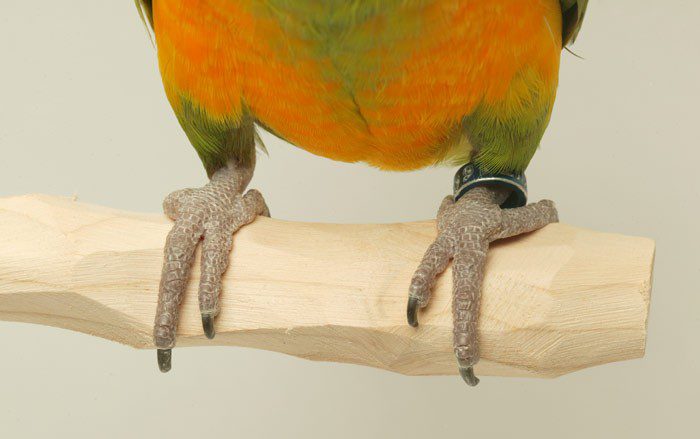
Therefore, it is very important for her health that her fingers properly wrap around the branch, and this depends on the size of the perch.
Due to the fact that the bird spends quite a long time in its home and sleeps there, many types of perches have been invented aimed at its comfort, but not all of them are useful and safe.
Types of perches
Perches for parrots can be artificial and natural (from ordinary branches).
The artificial ones are:
- plastic perches, which often come with a cage, cannot be used daily (only during the illness of a parrot, when it is necessary to carry out periodic disinfection of the house).
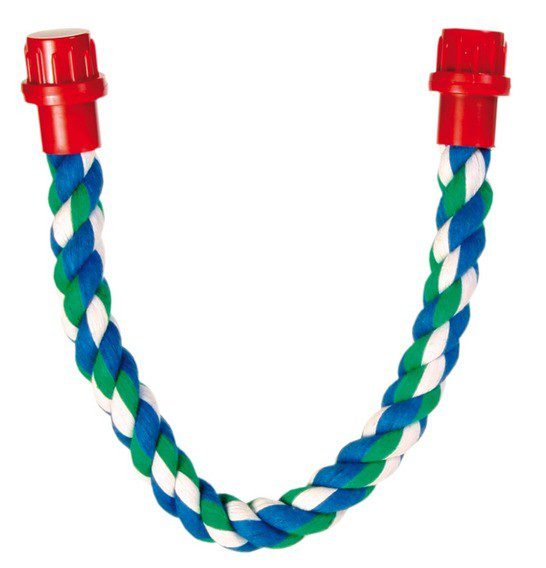
In addition to the fact that parasites can start in hollow plastic perches, the bird develops blisters and calluses on its paws, which can lead to more serious health problems;
- wooden store perches are good for everyone, except for smoothness, you will need to scrape off the surface of such a stick with a knife in some areas to give it the shape of a natural branch.
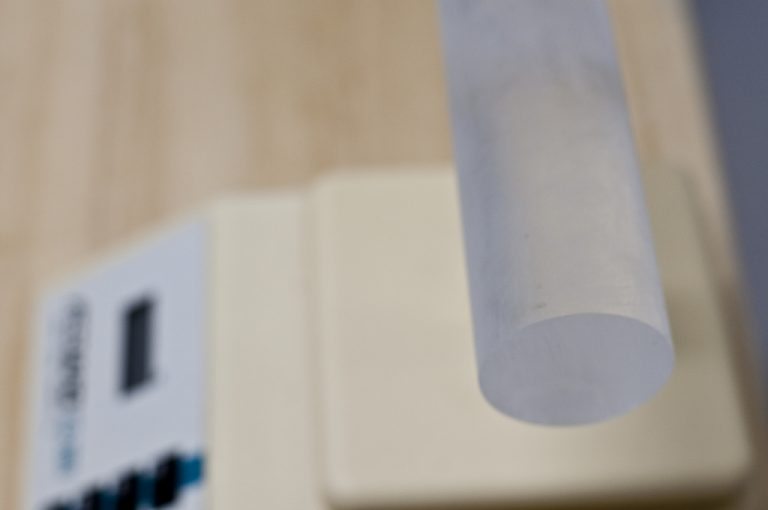
This is done in order to reduce pressure on the same points on the paws of the bird;
- all kinds of rubber perches and flexible ones, the shape of which can be changed, are best used on walking grounds. Pay attention to the density of rubber and the dye that is used in the manufacture of such additives.
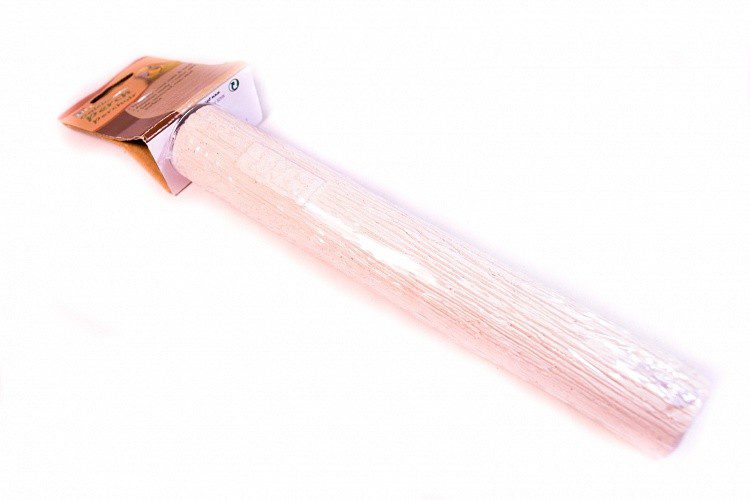
Do not buy dubious perches with damaged packaging
- perches, which are made of woven cotton threads on top, and inside have a flexible wire rod, are dangerous because the parrot, carried away, can clog the goiter with fluffy threads or get tangled in them with tenacious claws;
- perches-nozzles coated with sand are sold for grinding the claws of a bird. But most often, a parrot with such perches damages the soles of its paws, which causes skin irritation.
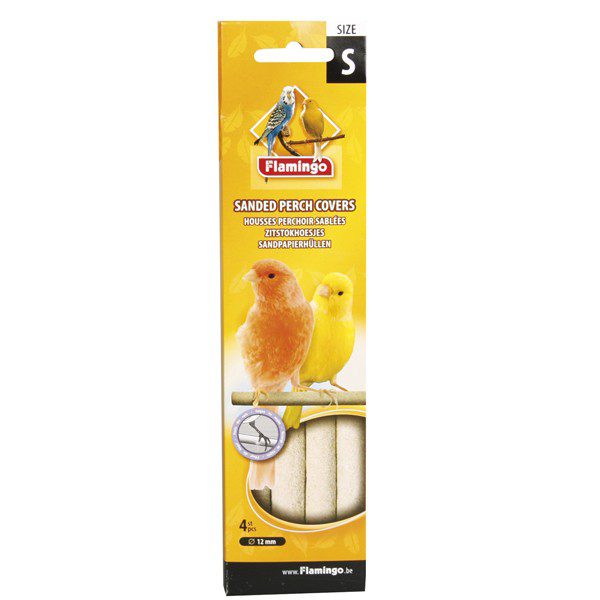
- cement perches or concrete perches are designed for grinding claws and are used only as additional perches in places where the bird rarely sits.
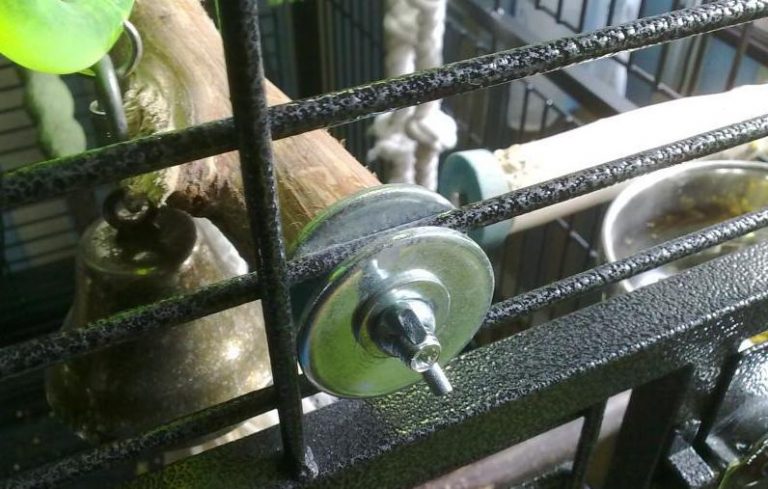
They are dangerous because a parrot can swallow a large piece, moreover, such perches are cold;
- perches made of pumice (volcanic stone) are intended only for grinding claws and beak;
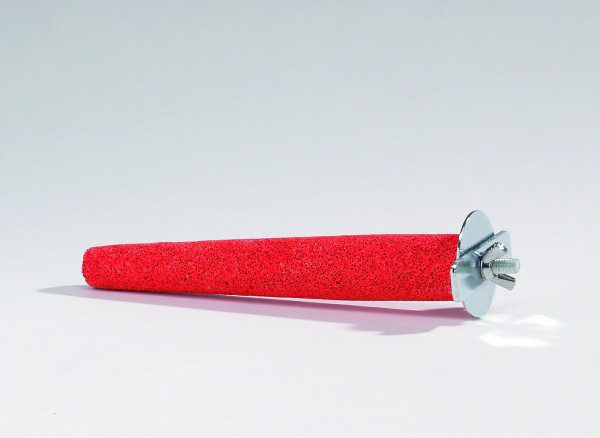
- perches are sold, which are sprinkled with small mineral stones or made from them;
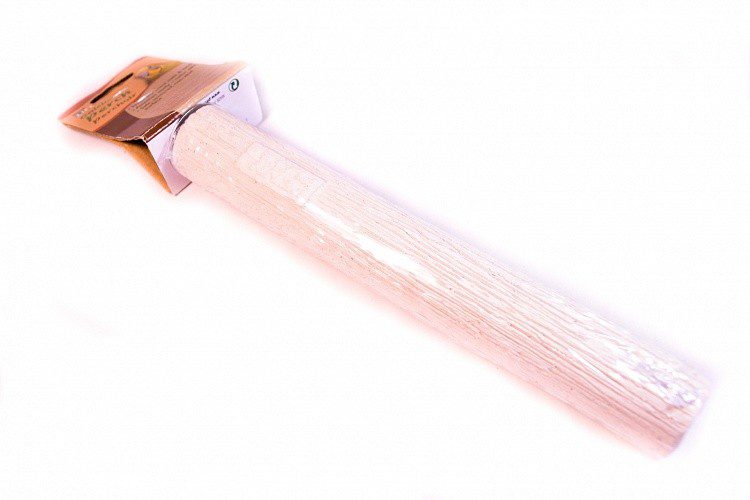
- now there are modern heated perches. They are a durable polyurethane with a heating element and a thermostat, powered by a network. Such perches are best used in outdoor enclosures or periodically on walking grounds. With prolonged use, the bird may begin to gnaw on the surface of the perch or try to get to the cord.
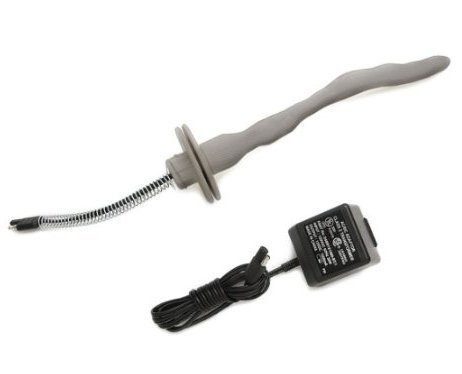
Use heated perches only under bird supervision.
You can make perches yourself from branches or buy ready-made ones in online stores (links under the photo):
It is branches with tree bark that are very important and useful for birds, in addition to being easy to pick up based on the physical data of a parrot, birds are given the opportunity to gnaw wood from the heart, grind off their beak and get some useful substances.
Therefore, such perches are successfully used by bird lovers when completing bird houses.
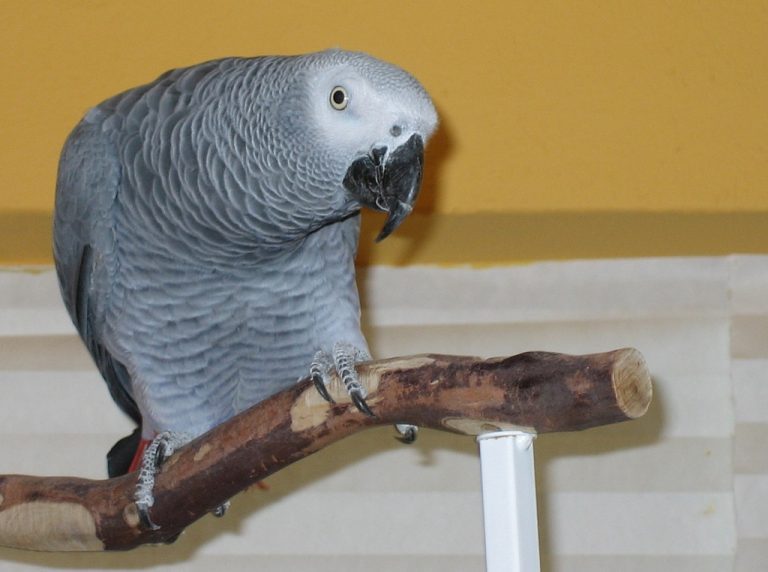
What tree species are acceptable if you decide to make perches with your own hands: cherry, apple, plum, citrus, raspberry, viburnum, red chokeberry, hawthorn, currant, hornbeam, beech, aspen, ash, birch, linden, maple, white alder, willow (weeping willow). Branches should be free of resin.
It is strictly forbidden to use: oak, pear, bird cherry (tannins), poplar (absorbs toxins from the atmosphere), coniferous branches (due to the resin content, it can be used in small quantities and very rarely), lilac, elderberry, acacia (most types of acacia are poisonous to birds, it is extremely difficult to define safe).
How to make wood perches for a parrot
Tree branches brought into the house should be carefully rubbed with a brush in warm water, rinsed, poured over with boiling water and dried.
You can not use for perches and perches branches and snags of trees mined on roadsides and within the city! If you decide to cut the perches in the garden or in the country, find out if the trees have been sprayed from pests. Treated branches are poisonous to birds.
Choose branches of different species of trees and shrubs for the cage, as they differ in hardness and porosity. In the future, you will see the perches from which tree your pet will like.
The diameter of the perch for the budgerigar must be at least 15 mm.
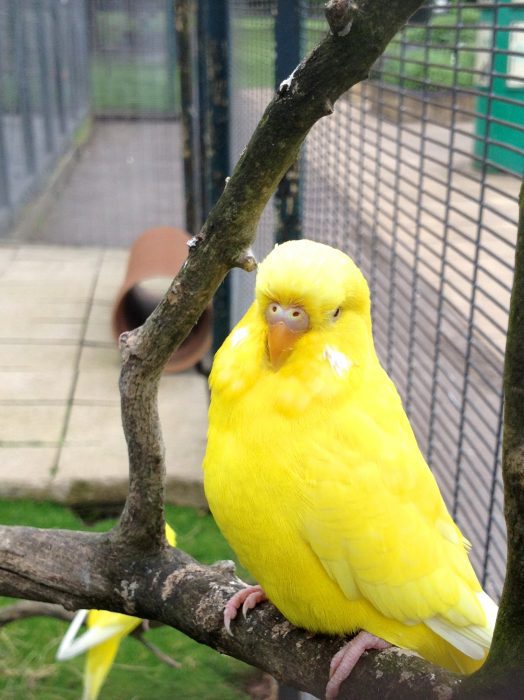
Your parrot’s foot should not wrap around the perch. The fingers should lie on the branch, and not hang down, the claws also fully touch the surface of the perch.
If your bird likes changes in the cage, then when replacing old branches with fresh ones, you can change their location.
The perches are replaced as the bark and branches themselves are gnawed.
To fix a do-it-yourself perch, it is enough to cut or cut cuts (depending on the diameter of the perch and for whom it is intended: macaw or wavy), which will be inserted into the bars of the cage and securely fixed.
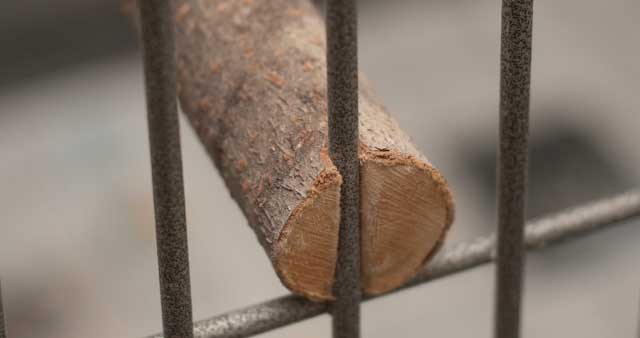
There are two more options: the perch is applied to the bars of the cage in the place where it should be located, then a screw with a wide washer is screwed in from the outside.
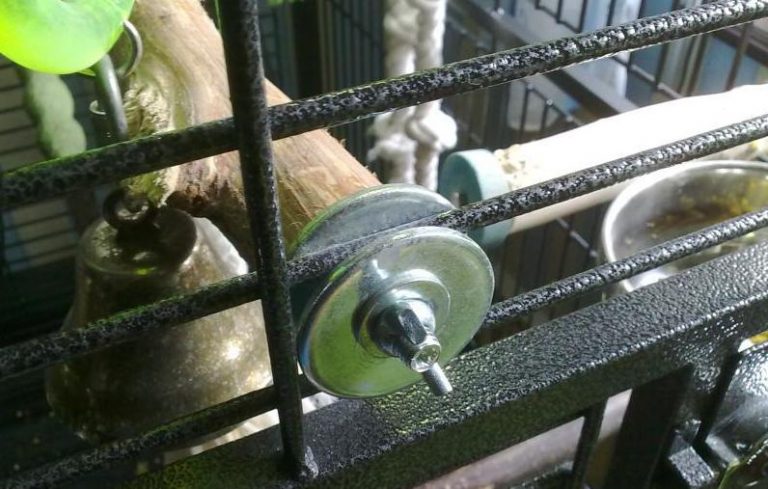
You can also use a stud for fastening, which is screwed into a pre-drilled hole of the desired diameter in the end part of the wooden perch, then the stud is twisted, and a nut is screwed onto the threaded part of the stud outside the cage, fastening and fixing the attachment to the cage bars.
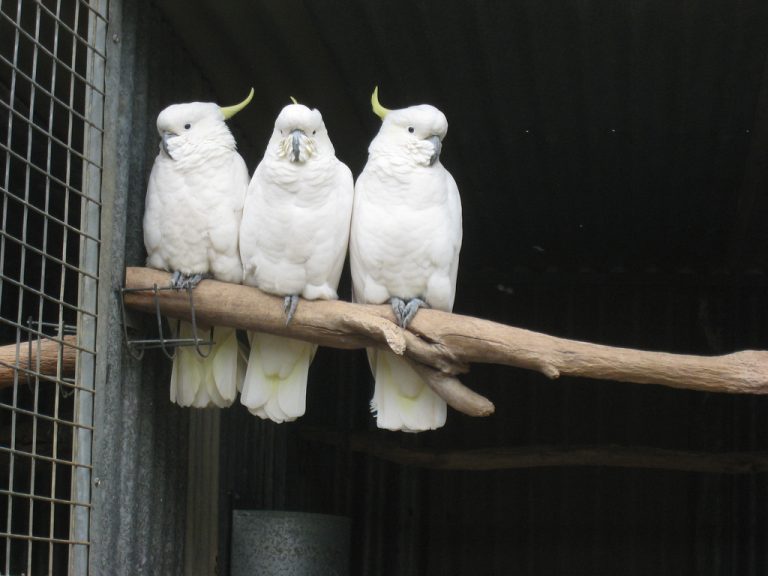
Bird lovers successfully replace the diet of birds with a diet suitable for their life at home, artificially regulate daylight hours, but no one has yet invented a more successful alternative to tree branches as perches.



